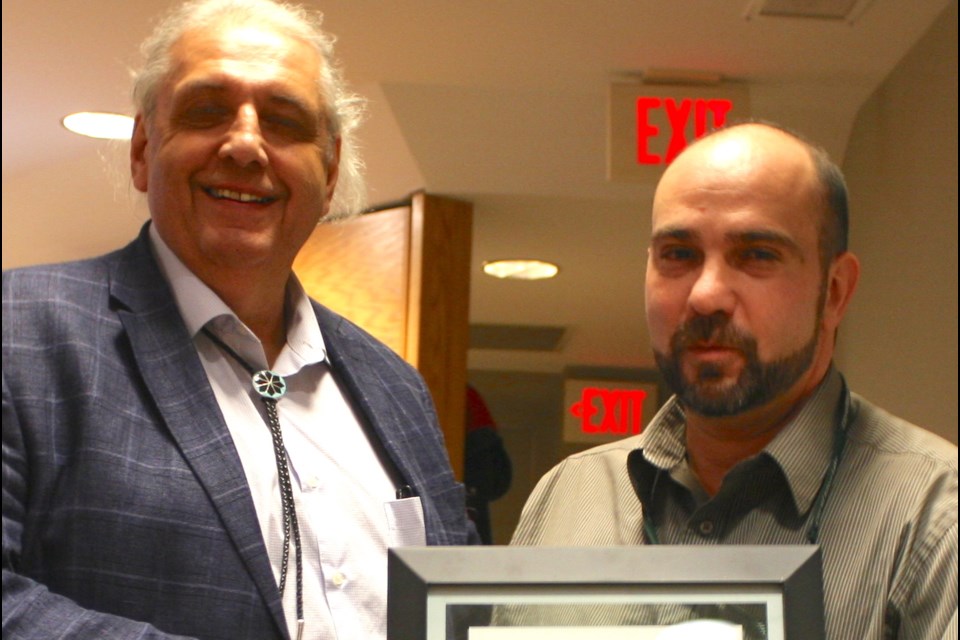Elliot Lake council was given the reasons why the community was dropped as part of an extensive search for a potential site for the location of an underground repository for waste generated by Canada’s nuclear plants.
The city was informed in December that the Nuclear Waste Management Organization (NWMO) had dropped the community in its consideration of a possible site, located north of Massey, as a potential location. Three sites were considered and would have required partnerships of several municipalities along the north shore, including Blind River and Serpent River as part of the process of developing a site for underground storage of nuclear waste.
NWMO’s vice president of Indigenous Relations Bob Watts presented council’s committee of the whole with a report on the organization’s findings and conclusions. Councillors Connie Nykyforak and Luc Cyr were absent from Monday evening’s meeting.
The NWMO hosted several public meetings since the site selection process was started in the Elliot Lake area in 2012 and worked closely with a local liaison committee in a bid to find a “suitable site.”
“It‘s been a lot of studies done, a lot of work done,” he said of several studies done, including geological mapping to determine suitability of the rock formations where the underground facility could be located, long-term stability of a potential site, safety, access based on terrain. Repository construction, operation and closure, and partnerships with municipalities within the potential site location.
The report found, “complexities associated with the geology, limited access and rugged terrain,” as some of the factors that led to the organization’s decision to drop the area as a potential site.
As part of its mandate, the organization also looked at partnerships between municipalities, First Nations and Metis communities as part of the development and operation of a nuclear waste facility.
“Social studies and engagement with people in the area identified low potential to develop the breadth of partnerships need to implement the project,” the report stated.
“The decision was taking into account all of these findings both from social and technical studies,” Watts said. “The decision was made to conclude the study.”
Watts presented Mayor Dan Marchisella with a plaque thanking the community for its participation in the selection process.
The report also noted the process was also assisted by the community’s involvement to;
- Advance implementation of Canada’s plan, through your willingness to learn about the project;
- Shape and evolve the activities and steps required in a siting process to ensure meaningful involvement;
- Lead the way in defining how safety of the project needs to be demonstrated to Canadians and communities;
- Lay the basis for working in partnership with local communities, surrounding communities and Aboriginal peoples; and
- Build understanding of how this project can be used as a foundation to further the objectives and well-being of communities, while meeting the national need for the safe long-term management of used nuclear fuel.
Councillor Norman Mann thanked the NWMO officials for providing the community with detail and openness during the selection process at meetings with council the city’s liaison committee and the public.
